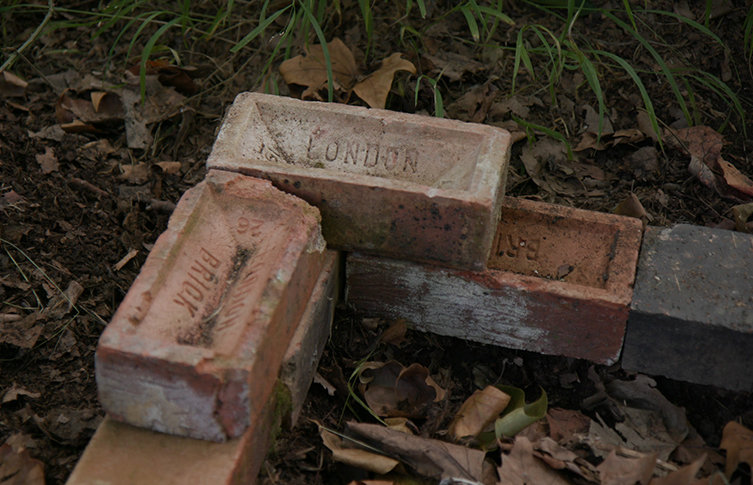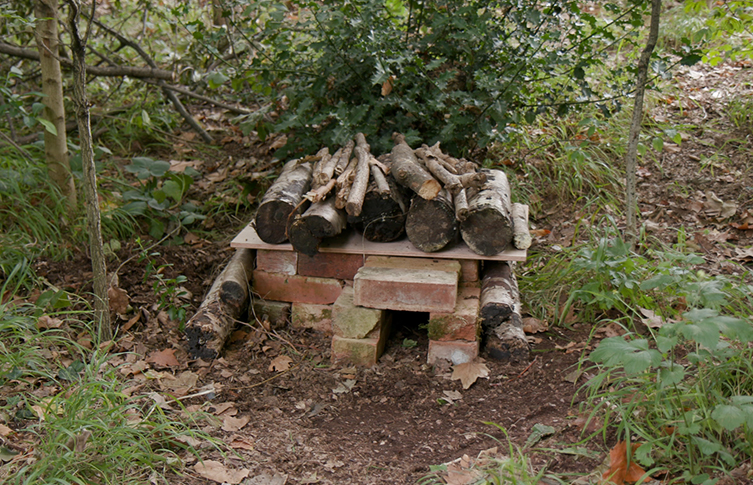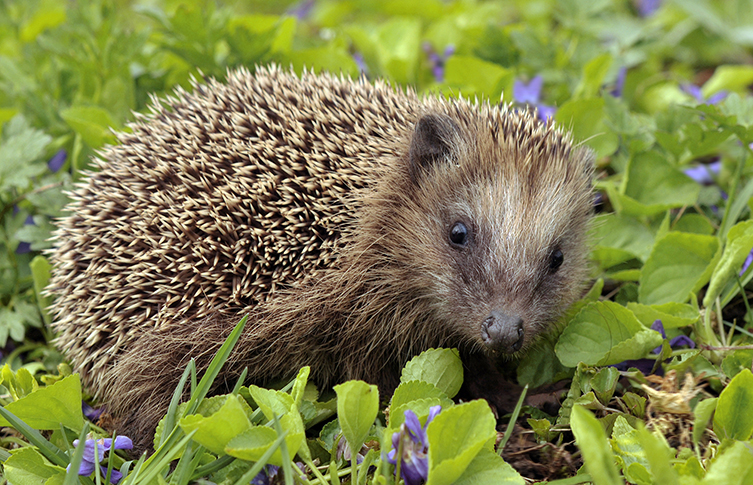Hedgehogs hibernate through winter, so they need a shelter from cold weather and hungry predators. They also need a spot to nest to rear their young.
Follow our instructions on how to build a simple home for wild hedgehogs in your garden.
Hedgehogs hibernate through winter, so they need a shelter from cold weather and hungry predators. They also need a spot to nest to rear their young.
Follow our instructions on how to build a simple home for wild hedgehogs in your garden.
1. Scout your garden for a flat, quiet and shady spot to set up a hedgehog house. An area close to a garden boundary is ideal, such as at the foot of a wall or fence.
2. Before you start building, put on a pair of gardening gloves to help protect your hands from scrapes and splinters.
3. Use a spade to dig a hole about seven centimetres deep and 45 centimetres wide.
4. Fill the base of the hole with a thin layer of dry leaf litter - dead plant material such as leaves, twigs and bark that have fallen to the ground.

Overlap the bricks as you build so that the structure is stable. This should help to prevent predators, such as foxes and cats, from being able to knock the house over.
5. Lay bricks around the outer edge of the hole, making sure to leave a gap for the entrance.
6. Build up the walls by placing two layers of bricks on top of the first, overlapping them so the structure is stable. For the tunnel, use two bricks across the gap to make a roof.

An entrance tunnel will prevent predators from being able to reach a hibernating or nesting hedgehog
7. Place a sheet of wood on top of the house for the roof.
8. Stack logs on top of the roof to weight it down. Add more logs at the sides of the house for camouflage and to help attract insects, which are an important food source for hedgehogs. You could also add leaf litter for more camouflage.
9. The house is now ready for a hedgehog to move in. Try to leave this area of the garden undisturbed, but you could leave a twig across the entrance - if it moves, you'll know an animal has likely visited the house.

A hedgehog may use a house like this for hibernating through winter or for nesting and raising a litter of hoglets in summer
You don't necessarily need to buy brand-new materials for this project. See if you or anyone in your local area has old bricks or dry wood you could use.
Instead of a sheet of wood for the roof, you could use a large paving slab, which will be too heavy for predators such as cats to move.
A large plastic box is another option for the house, but make sure to cut an entrance and plenty of breathing holes. Camouflage the box in the same way, with logs and leaf litter.
Any additional leaf litter near the house may be claimed by a hedgehog and taken inside to be used as extra bedding. Instead of a house, you could simply make a messy patch of leaves and logs in a quiet area of your garden. A hedgehog may choose to hibernate or nest there.
You don't need to put food or water inside the house. However, if you do like to leave food out for hedgehogs, it's best to place it a little way away so it doesn't attract other animals into the house. Wet or crushed-up dry cat food are good options, but avoid serving milk and mealworms as these can upset hedgehog stomachs.

The European hedgehog (Erinaceus europaeus) is the species seen in the wild in the UK © Michael Gäbler via Wikimedia Commons (CC BY-SA 3.0)
Cleaning a hedgehog house is important. It reduces the chances of parasites such as ticks and fleas being transferred through the nest. Removing old bedding and dousing the inside of the box with boiling water should kill any parasites.
This should only be done when you are sure there are no hedgehog occupants. There are two opportunities to clean a hedgehog house each year. The first is in April, when a hedgehog will vacate the house after coming out of hibernation.
The house may then be used as a nest between May and September, when litters of hoglets are born. By October, most baby hedgehogs will have been weaned, so you may have a chance to clean the house before it is occupied again for winter hibernation.
By weighting down the roof with logs rather than nailing it shut, you will be able to remove it to clean the inside. If you carefully lift the roof and there is hedgehog in the house, quietly replace the lid and leave it be. Disturbing a nesting female may cause her to abandon her hoglets.
As it is best to leave the hog house undisturbed, you could use trail cameras to keep an eye on activity at the entrance of your hog home. You could also leave a twig or scrunched-up paper at the entrance in the evening - if this hasn't moved by morning, the house may be empty or occupied by a hibernating hedgehog.
© Jane Jennett, Hedgehog Champion/ Hedgehog Street
Hedgehogs need a way into your garden to get to your newly built house. A hedgehog highway is one way to provide access.
To make a hedgehog highway, cut a small hole in the bottom of your garden fence, dig a tunnel underneath it or remove a brick or two from the base of a wall, if it is safe to do so. If you share a fence or garden wall with neighbours, be sure to get their consent first.

Biodiversity is connected to almost every aspect of our lives, but it needs our help. Small actions can make a big difference.

Find out about the plants and animals that make the UK home.

Our gardens follow the story of how life on Earth has changed over time, from the days of the dinosaurs through to today.
Open daily
Don't miss a thing
Receive email updates about our news, science, exhibitions, events, products, services and fundraising activities. We may occasionally include third-party content from our corporate partners and other museums. We will not share your personal details with these third parties. You must be over the age of 13. Privacy notice.
Follow us on social media